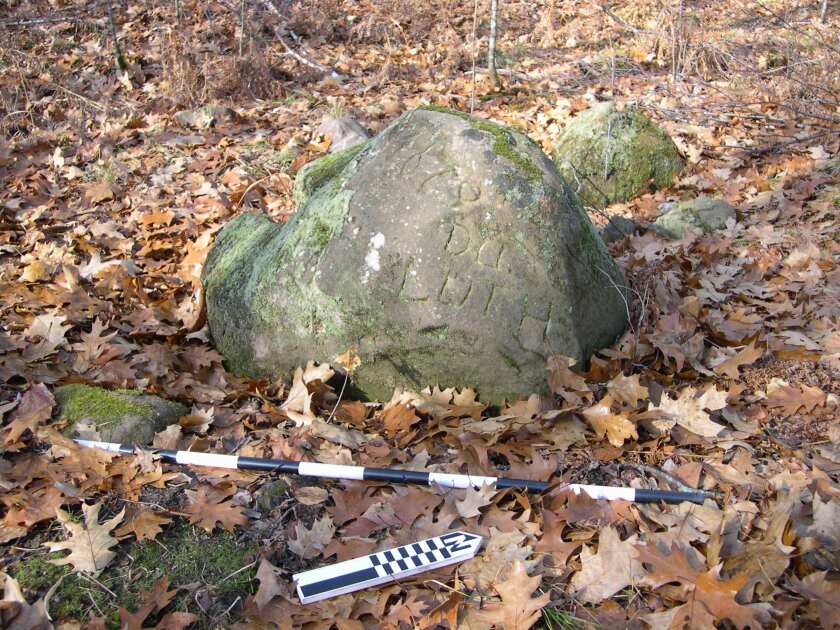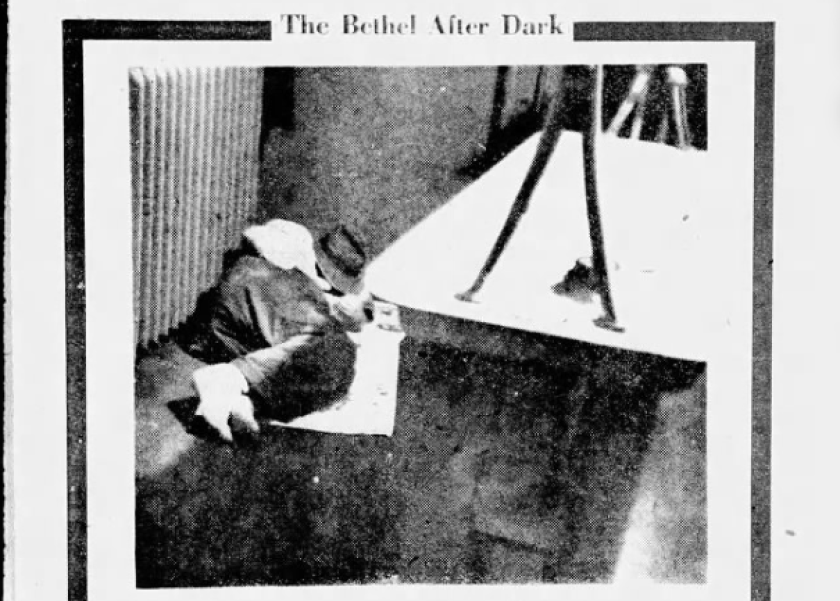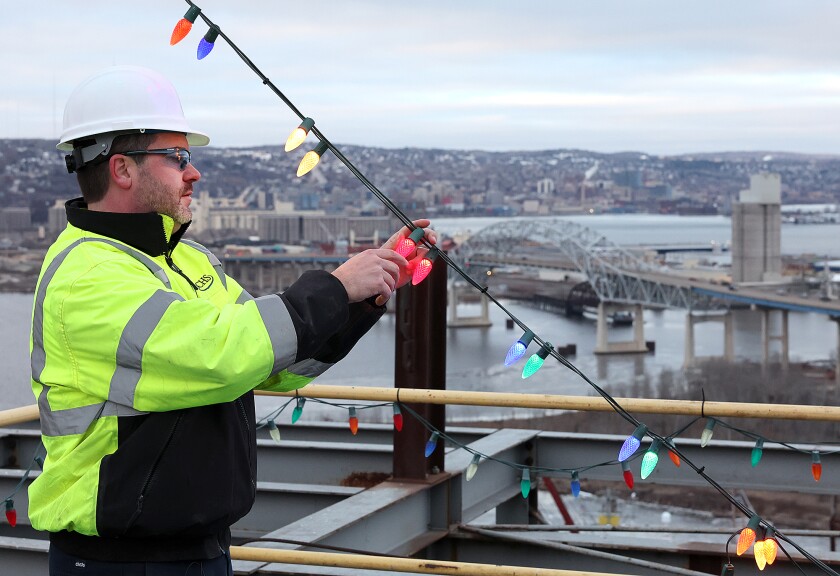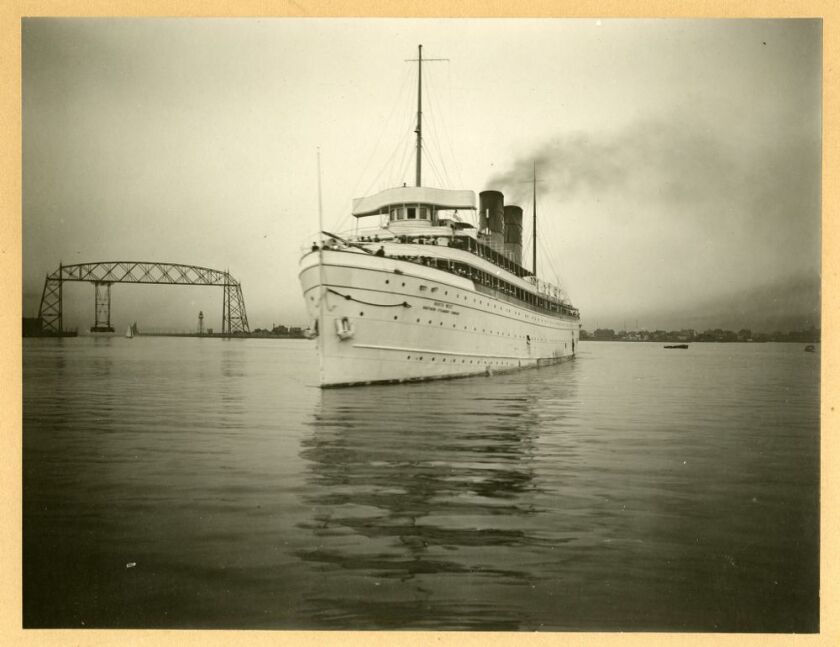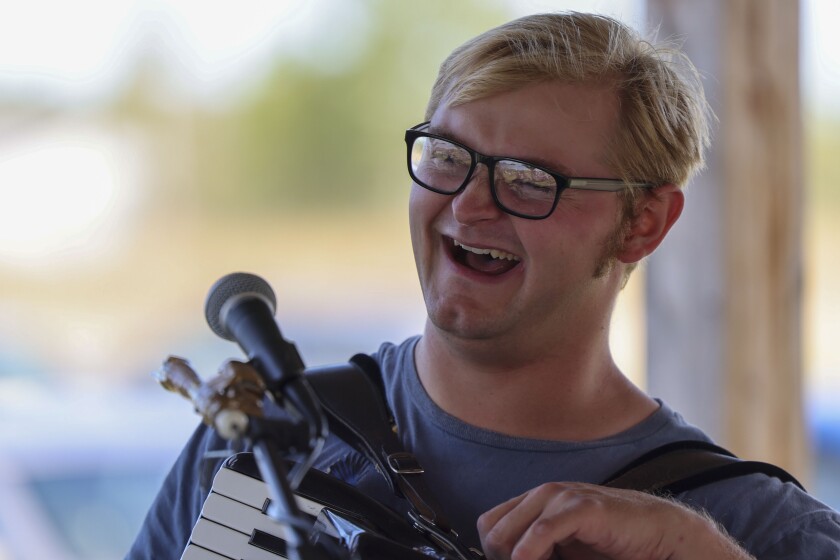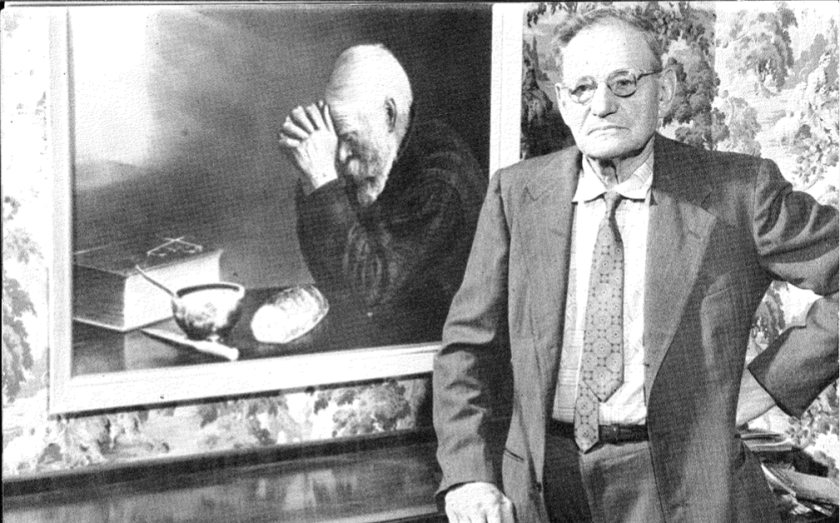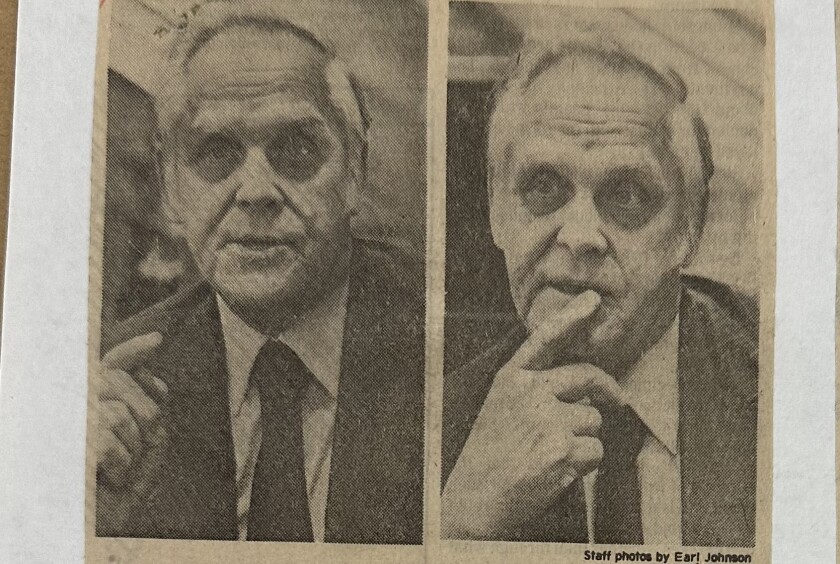DULUTH — On a frigid Saturday morning in early January, Pam Limmer stood on the Aerial Lift Bridge passenger walkway, hugging a colorful blanket around her shoulders. She was there with a group of fellow quilters to generate publicity for an upcoming exhibit, but Limmer's memory took her back over half a century.
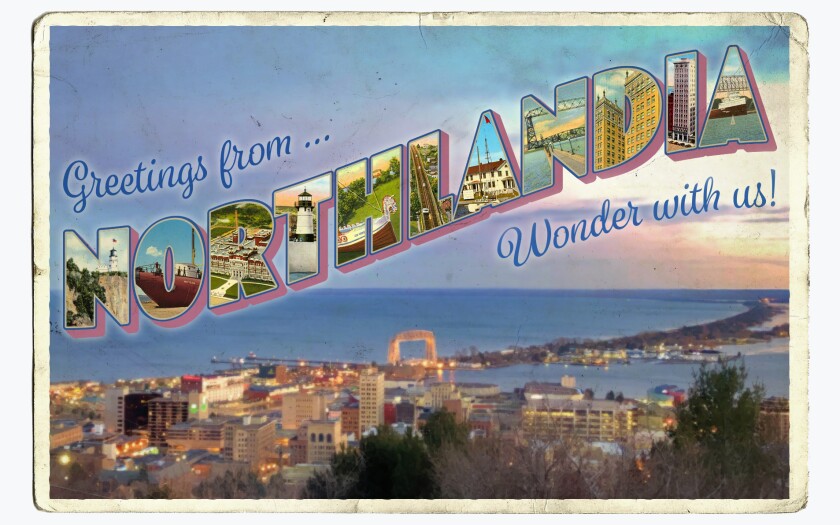
"We, as kids, would be up on the bridge and we'd drop pennies down the smokestacks of the ships," she said, to the amazement of younger people within earshot. "They used to have a cage right here, and you'd go in the cage part and then you'd ride up and down."
ADVERTISEMENT
Limmer's younger brother remembers those days as well.
"The sailors would come out and they'd wave at you and holler at you," Matthew Gordon remembered when reached by phone at his current home in Arizona. "When the salties would come through, you'd have the foreign ships in there, and you'd look at the different people coming in."
Historian Tony Dierckins, author of "Crossing the Canal: An Illustrated History of Duluth's Aerial Bridge," confirmed that the siblings' memories weren't deceiving them. Members of the public could, in fact, take rides on the Lift Bridge. The kids loved it, said Dierckins, but the bridge operators hated it. "They became babysitters."
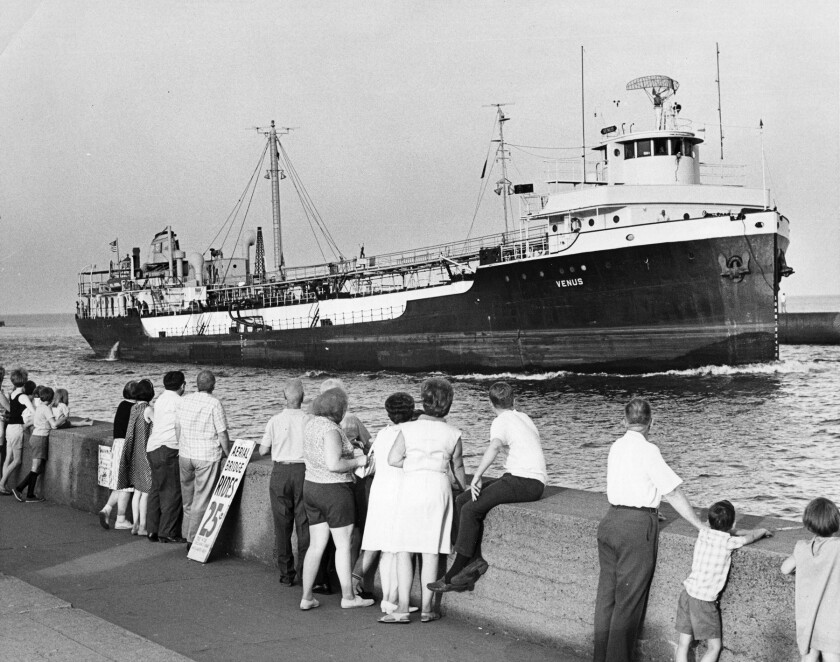
With respect to cheap thrills, Gordon and Limmer were fortunate to be kids in the '60s. Lift Bridge rides were only available from 1965-1973, as an early attempt to attract visitors to the Canal Park area.
"They wanted to make it more of a tourist attraction," explained Dierckins. "People were coming down there, even though it was the seediest part of town."
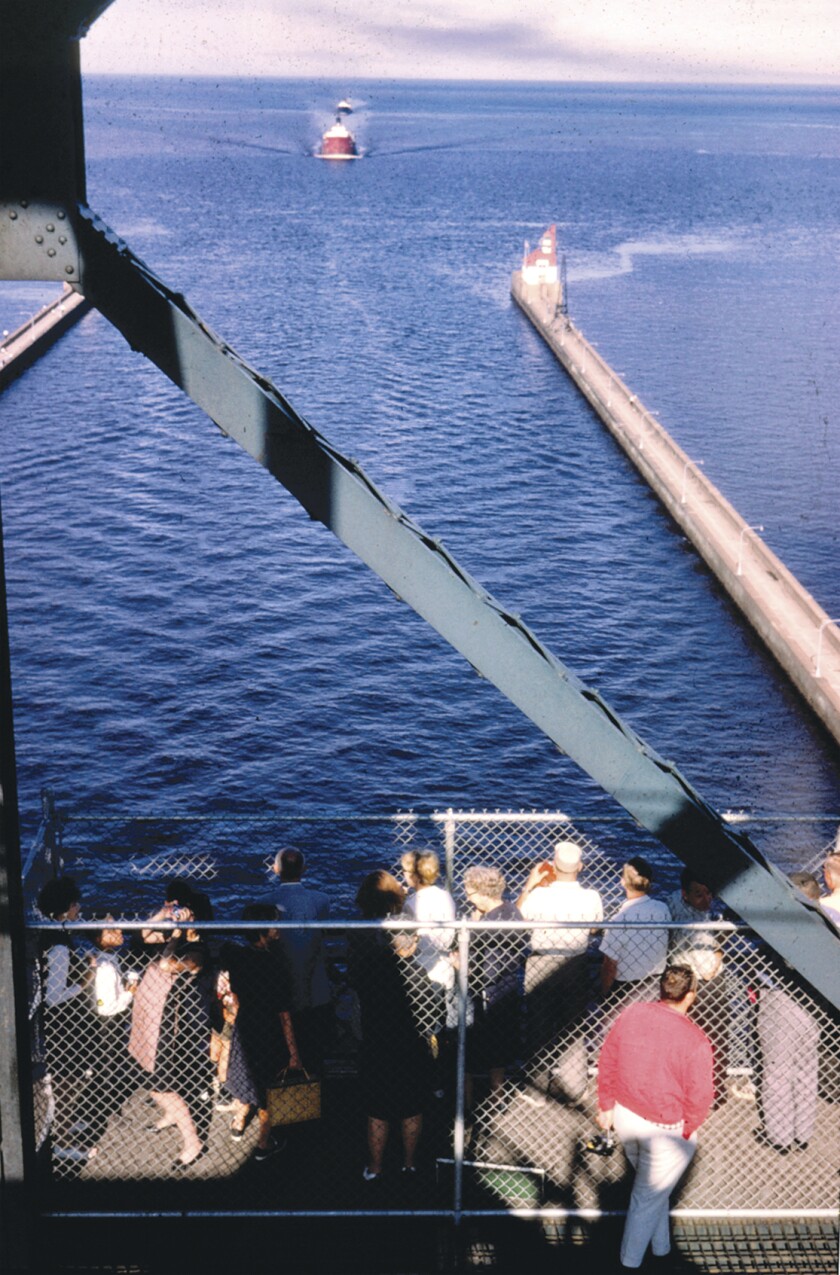
People rode the Aerial Bridge all the time, of course, before it was the Aerial Lift Bridge. From 1906-1929, it was an Aerial Transfer Bridge that conveyed traffic across the Duluth Ship Canal by means of a platform hanging from the bridge's upper span. When demand started to exceed the sliding platform's capacity, it was replaced with the lower span we know today.
While the bridge's structure has remained the same for nearly a century now, the bridge that visitors saw (or didn't see) in the mid-1960s appeared (or didn't appear) quite different. "When they painted it, it was originally this dark Essex green," said Dierckins. "They bought all these lights to light it, and then nothing really happened because it absorbed the light."
ADVERTISEMENT
The Gemini V space mission was topping headlines Aug. 24, 1965, when the News Tribune reported the Duluth City Council had signed off on lifting locals to a height that was not quite up there with Gordon Cooper and Pete Conrad, but not bad for a quarter.
"Councilman Donn Larson was the chief supporter of the proposal," the paper reported. "He contended it would improve tourism and give Duluthians a beautiful view of their city."
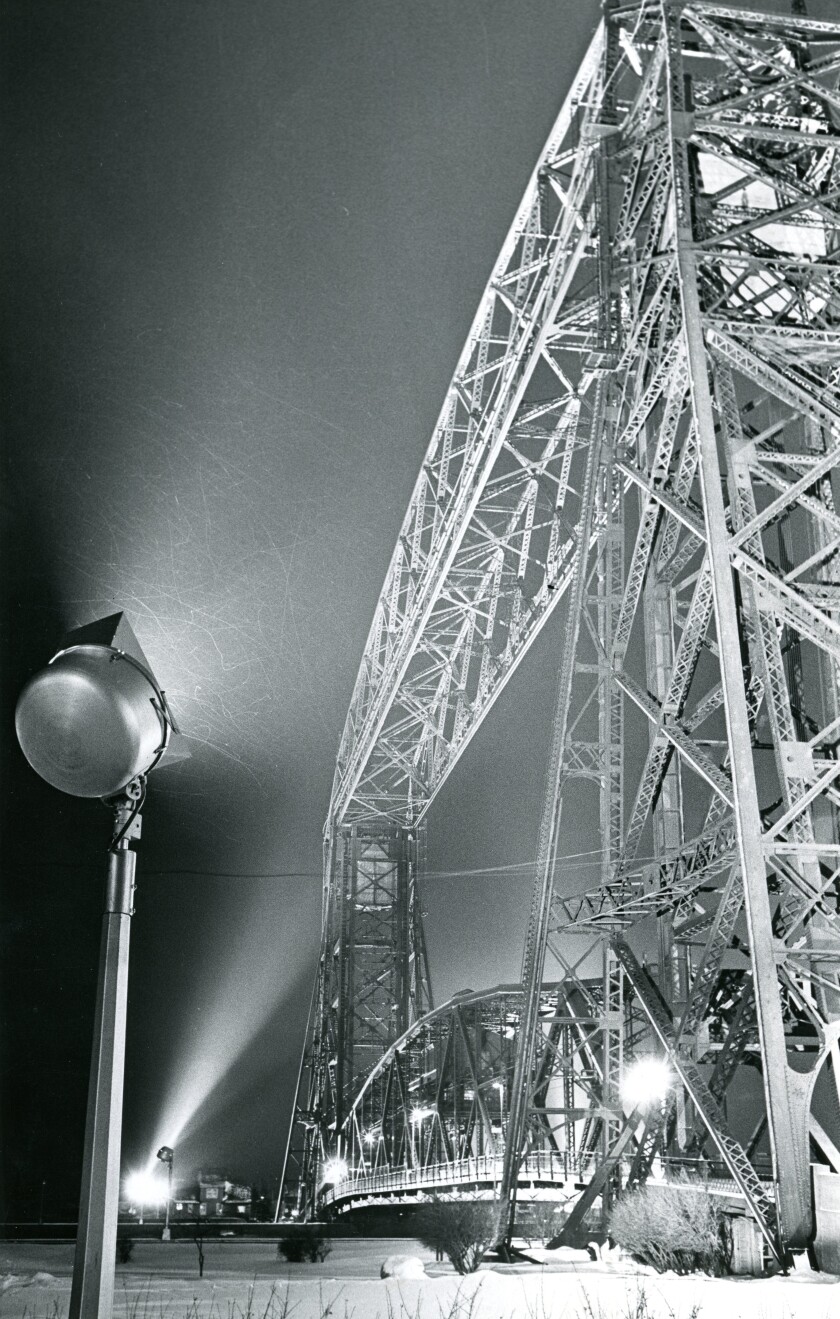
Proceeds from 25-cent bridge rides helped pay for the aluminum-colored paint that was applied in phases during the first half of the 1970s. For $1, supporters could join an Aerial Bridge Club that came with a membership card declaring the bearer "has shown pride and participation in our city by contributing to the installation of the Aerial Bridge lighting. This card entitles the bearer to ride the Aerial Bridge."
By the time rides ended in 1973, the canal area was gaining traction as a destination. That year, the bridge was placed on the National Register of Historic Places. Also in 1973, the Canal Park Marine Museum (now called the Lake Superior Maritime Visitor Center) was completed. The new building provided education, entertainment and most importantly, bathrooms.
As tourism continued to build in the 1980s, city councilor Arno Kahn raised the prospect of letting people ride the bridge again. By that point, though, the idea was no longer feasible. Crowds and traffic were getting to be an issue even without turning the bridge into a carnival ride, and there were safety concerns.
There's no evidence that, as some have assumed, bridge rides ended due to a specific accident. Paid rides had been long gone by 1990, when a confused woman boarded the bridge just before it began to lift; when she leaned off the edge of the rising span, she was crushed to death.
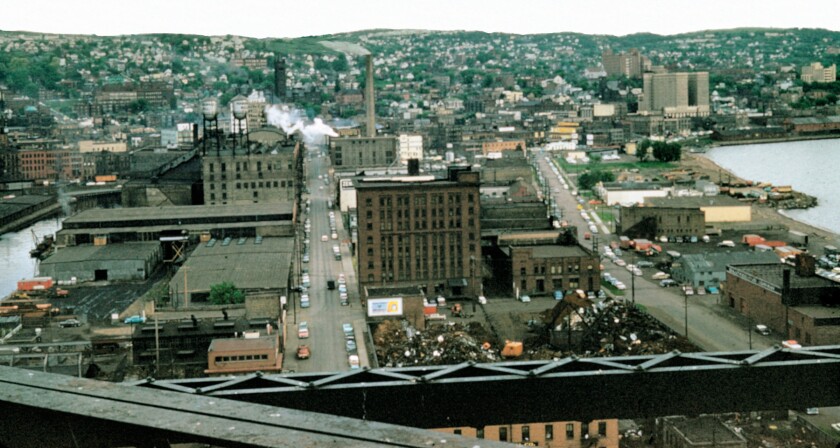
Still, rides were risky. At least one rider sustained serious injuries when she panicked and escaped the safety cage, jumping off the bridge deck when it was 20 feet above street level. The state of Minnesota, fearing potential liabilities, balked at funding a 1980s bridge renovation if rides were to resume.
ADVERTISEMENT
"Kids would start crying because you'd be up high," Gordon remembered about riding the bridge. "I was scared to death of heights, but once you got up to the top, it was fine."
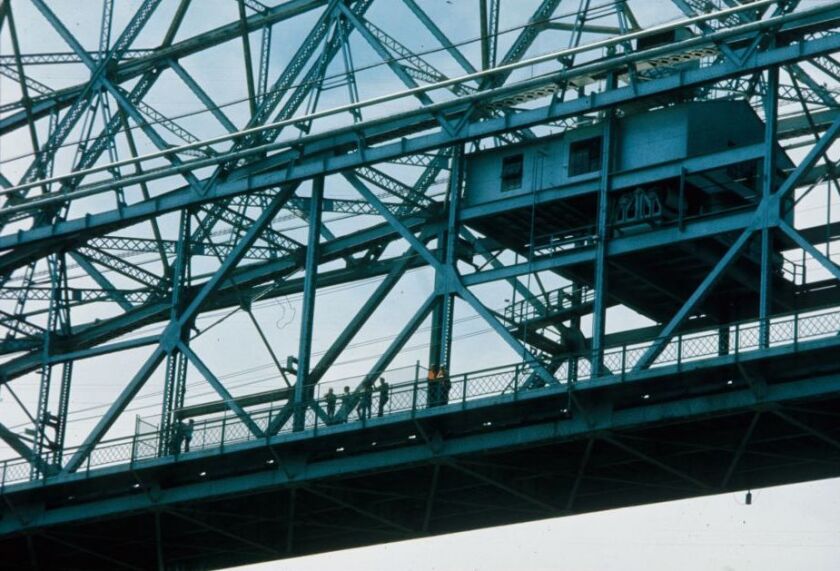
"Chief Operator Don Bowen, back in 1967, said, 'This passenger thing really has been nerve-wracking,'" Dierckins recounted. "'Now, instead of stopping people, when the bells ring it's like a dinner bell. People just come running aboard.'"
So, the days of recreational rides on the Aerial Lift Bridge will most likely never return. But according to Pam Limmer and Matthew Gordon, riding the bridge was fun while it lasted.
"We used to ride that bridge up and down all the time," said Gordon. "We wanted the biggest boats to come over because they were the closest ones to the bottom of the bridge. And that's when you'd drop everything on the boat: your pennies, your taconite. You'd pick up a rock or whatever, just to see it bounce off the boat. Good times."



